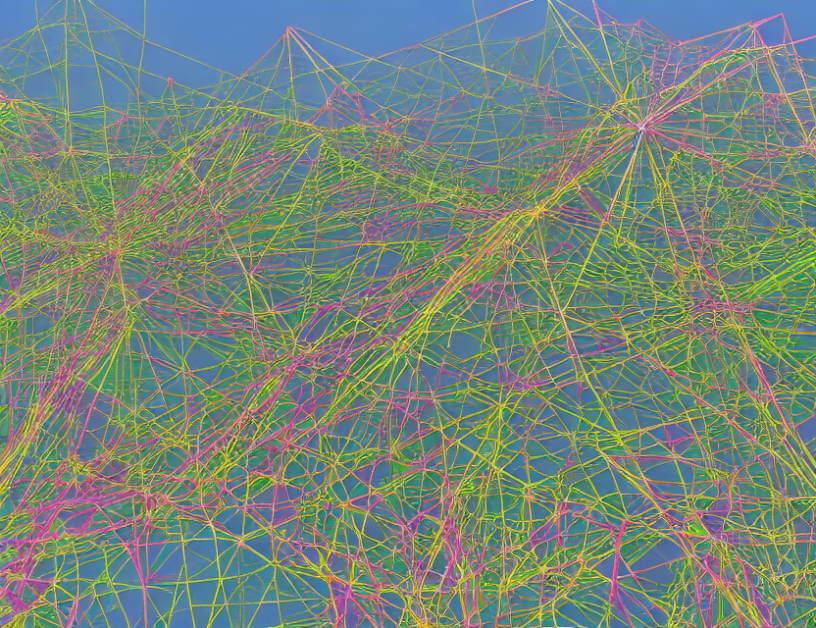The authors then discuss several recent approaches to motion prediction using GNNs, including the use of attention mechanisms to focus on relevant parts of the scene graph. They highlight the effectiveness of these approaches, but also note some limitations, such as the difficulty in modeling long-range dependencies and the need for better interpretability of the models.
To address these challenges, the authors propose a new approach that combines the strengths of GNNs with the power of semantic scene graphs. They describe how they use a combination of spatial and semantic attention mechanisms to focus on the most relevant parts of the scene graph, while also leveraging the geometric structure of the scene to capture long-range dependencies.
The authors then discuss their experimental results, showing that their approach outperforms existing methods in terms of accuracy and interpretability. They also provide ablation studies to demonstrate the effectiveness of their proposed methods. Finally, they conclude by highlighting the potential applications of their work in improving traffic safety and efficiency.
In summary, this section provides a comprehensive overview of the recent advances in motion prediction using GNNs, including the challenges and limitations of these approaches, as well as the proposed solutions to address these challenges. The authors demonstrate the effectiveness of their approach through experimental results and provide insights into the potential applications of their work.
Computer Science, Machine Learning
Motion Prediction Methods Comparison: Overcoming Mode Collapse in Heterogeneous Graph Neural Networks



